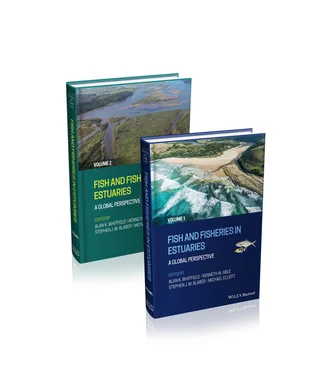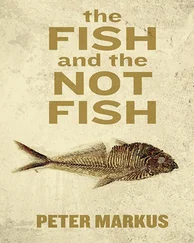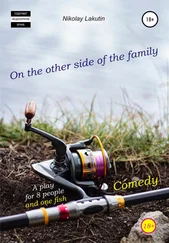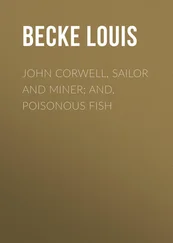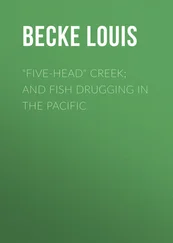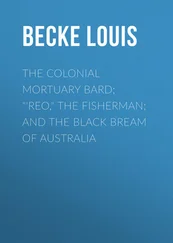Wolanski, Eric (Prof.)College of Science & Engineering, Centre for Tropical Water & Aquatic Ecosystem Research, James Cook University, Australia (email: Eric.Wolanski@jcu.edu.au)
Young, Michael (Dr)Marine & Coastal Services Team, Science and Evidence, Natural England, UK (email: Michael.Young@naturalengland.org.uk)
Throughout the world, estuaries are perhaps the type of water body most intimately associated with humans. The reasons for this have been stated often but emphasize sites for harbours, fishing, industrial, and residential development. In addition, since all estuaries represent a meeting place between river and sea, the availability of catchment freshwater supplies are vital for developing and maintaining life in and around these systems.
Coastal communities by their very nature have strong maritime traditions, with estuaries giving ready access to the sea and have therefore been important in human history. Consequently, it is no surprise that many of the world’s megacities have developed on estuaries, with residents frequently identifying themselves in relation to their estuary. Our close connection with estuaries has also led to a great deal of interest in the fish stocks, both for food and pleasure – for exploitation, commercial and recreational, and for aesthetic reasons.
However, the importance of estuaries and coasts has also given rise to what we are calling ‘the triple whammy’ – the increase in industrialisation and urbanisation, the increased use of resources such as food, space and water, and the decreased resistance and resilience to global events such as climate change. Indeed, climate change and the accompanying sea‐level rise is already starting to have major impacts on estuaries, fishes and people living along the coast. This close association, particularly in relation with food security and burgeoning human populations, has therefore given urgent impetus to research into maintaining the viability of fish populations in the face of both fishing and other pressures, especially habitat degradation.
The widespread recognition of the value of biodiversity, enshrined in a number of international treaties (e.g. the 1992 Convention on Biodiversity) to which most countries are signatories, has encouraged the documentation of the very diverse estuarine fish faunas, as well as the setting up of protected areas, driving rehabilitation, and the enactment of conservation laws. From a research perspective, the emphasis has shifted from the vitally important tasks of documenting estuarine fish faunas, as well as their often unique biology and life histories, to trying to ameliorate or at least record, all the negative anthropogenic effects on the fishes and their environment, and to achieve a balance between exploitation and conservation. We have learnt that we need to understand not only the structure of the systems but especially the functioning. Perhaps more than other ecosystems, in order to understand and protect estuaries, we need to consider connectivity and what happens in the adjoining areas at sea and in freshwaters. To reach this balance, a good understanding of the fishes and all their interrelationships, including that with humans, are obviously required.
This book seeks to document all aspects of fishes in estuaries from a global perspective. Its genesis was about 10 years ago when Wiley Blackwell, the publishers of two books on tropical and temperate estuarine fishes, suggested that the authors get together and produce an overall volume. Given the rapid increases in knowledge, it was soon realised that this task required a larger multi‐author and multi‐national approach than the previous volumes, and by involving estuarine ichthyological specialists from many fields. Hence, the present volume – which consists of 13 chapters plus 2 appendices, representing the best efforts of 52 authors to bring together in one book our current state of knowledge of the fish and fisheries in the myriad of estuaries throughout the world.
Alan Whitfield, South Africa
Ken Able, USA
Steve Blaber, Australia
Mike Elliott, UK
First and foremost, the editors would like to thank the authors of the various chapters for their valuable contributions in making this book a quality product that will be widely used and appreciated around the world. We are also grateful for the collaboration and support of staff in the Life Science Book section of John Wiley & Sons in England. In particular, we would like to acknowledge the skills and publication support provided by Rebecca Ralf, Kerry Powell, Priya Subbrayal, and Anandan Bommen in guiding this book through the final stages of production. Finally, we thank all the employers and funders of the scientists who conducted the estuarine ichthyological research upon which this volume is based – without the infrastructural, logistical, and financial support provided by these institutions, this product would not have been possible.
Alan K. Whitfield, Kenneth W. Able, Stephen J.M. Blaber, and Michael Elliott
Estuaries are transitional water bodies that represent the meeting place between rivers or land‐based freshwater run‐off and the sea. Within this system and its associated catchment and marine areas, there is a set of ecotones, i.e. gradations between the different systems (Basset et al. 2013). These ecotones cover the freshwater‐estuary, estuary‐marine, surface‐water column‐bed (vertical) and estuary to the sides (lateral) of systems. Each of these ecotones cover a gradation or even an abrupt change in environmental characteristics. This in turn creates ecoclines, the gradients of change on the biotic and environmental variables. The horizontal ecocline between the freshwater and marine fish components associated with estuaries is often steep (Whitfield et al. 2012). In contrast, the ecocline in fish assemblages between the estuary and the marine environment is usually more gradual (Chaves et al. 2018) and may even extend a considerable distance into the sea (McHugh 1967, Araújo et al. 2002). In some cases, these two different ecoclines may overlap within a single region of an estuary, e.g. in the Thames system there were overlapping gradients for freshwater species from the river to the mid‐estuary region, and for marine species, the gradient was from the sea to the mid‐estuary (Attrill & Rundle 2002).
Although the environmental (physico‐chemical) transition from the sea through the estuary and into the river catchment or watershed may appear gradual ( Table 1.1, Basset et al. 2013), the changes between these different aquatic environments represent, for many fish species, major potential barriers (Blaber 1991, Martino & Able 2003), which can be likened to the obstacles facing labyrinthodonts making the transition from water to land! Thus, the assumption that most freshwater and marine fish species have relatively free access to the abundant and diverse food resources and habitats provided by estuaries is a fallacy that is not supported by ichthyological studies that traverse these ecosystem boundaries or transition zones (Barletta et al. 2008).
All fish species have a set of well‐defined tolerances to environmental characteristics, and those tolerances may remain constant or change during their lifecycles, for example the ability by some taxa to live for part of their lives in the sea, estuary or catchment. Most fish species, especially those which have life cycles closely tied to either rivers or the sea, are generally confined to those particular aquatic environments and seldom stray into estuaries (Whitfield et al. 2017). However, those taxa that are able, because of their tolerances, to traverse the ecological divisions have access to highly productive waters that provide ideal nurseries and adult feeding grounds for a variety of fish trophic groups (Elliott & Hemingway 2008).
Читать дальше
